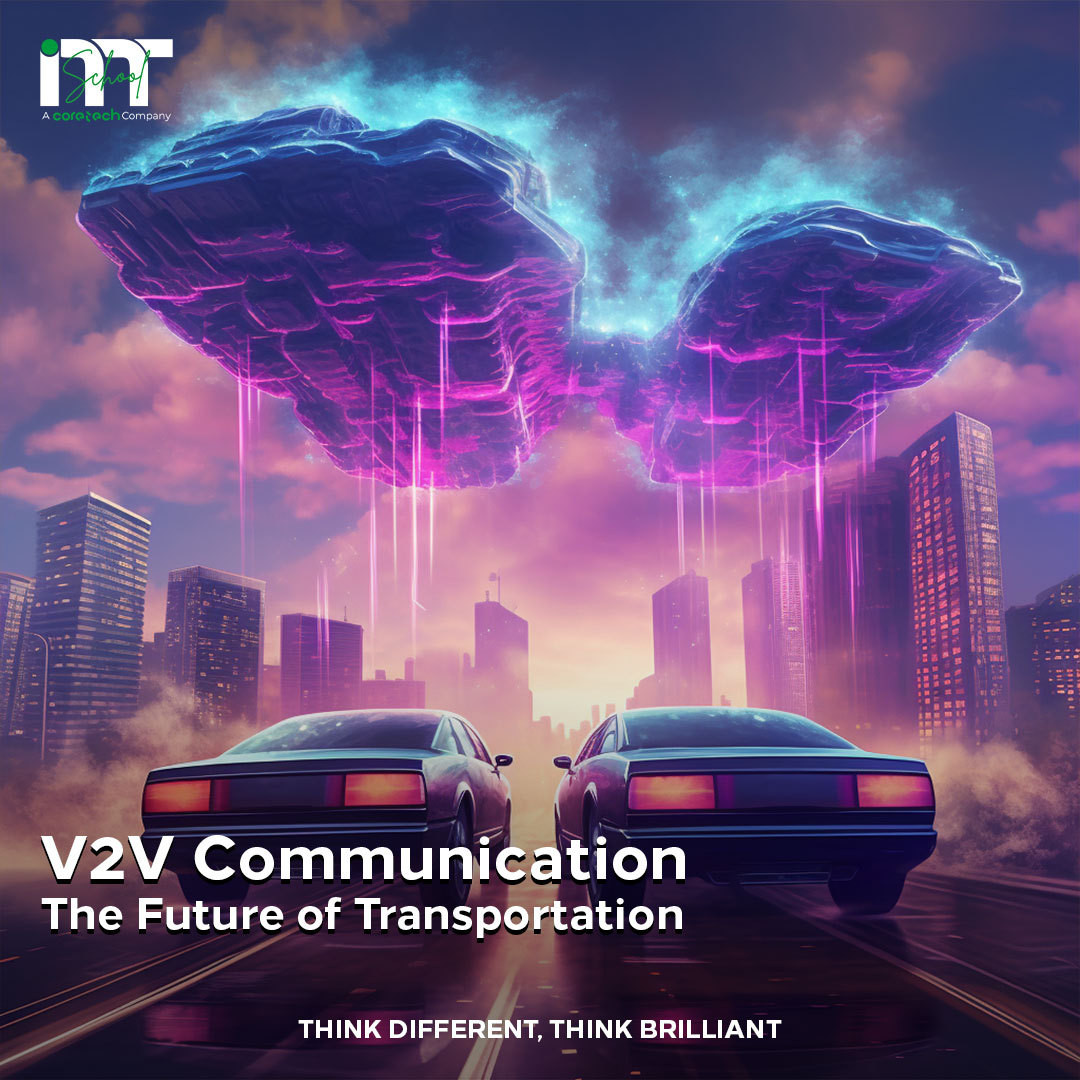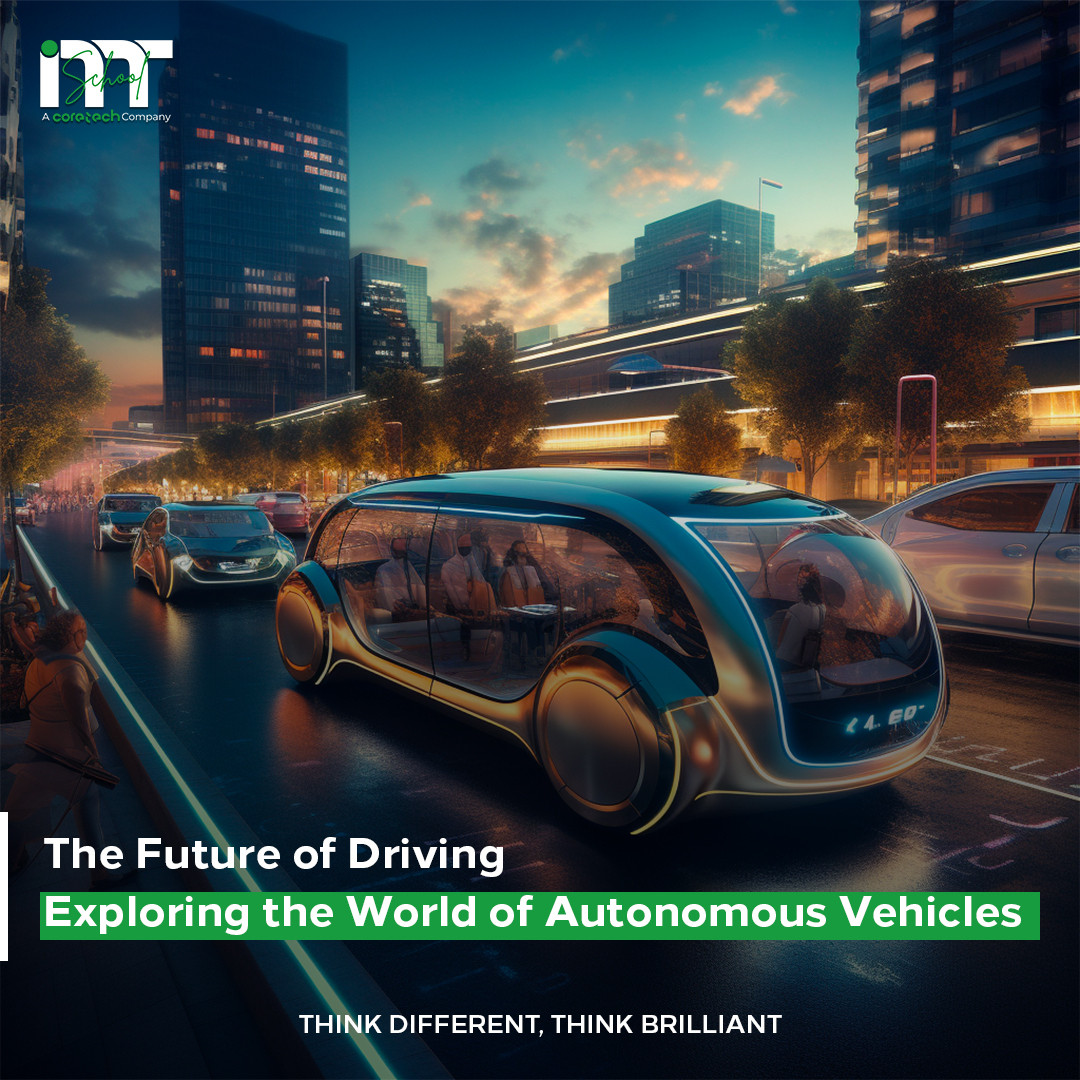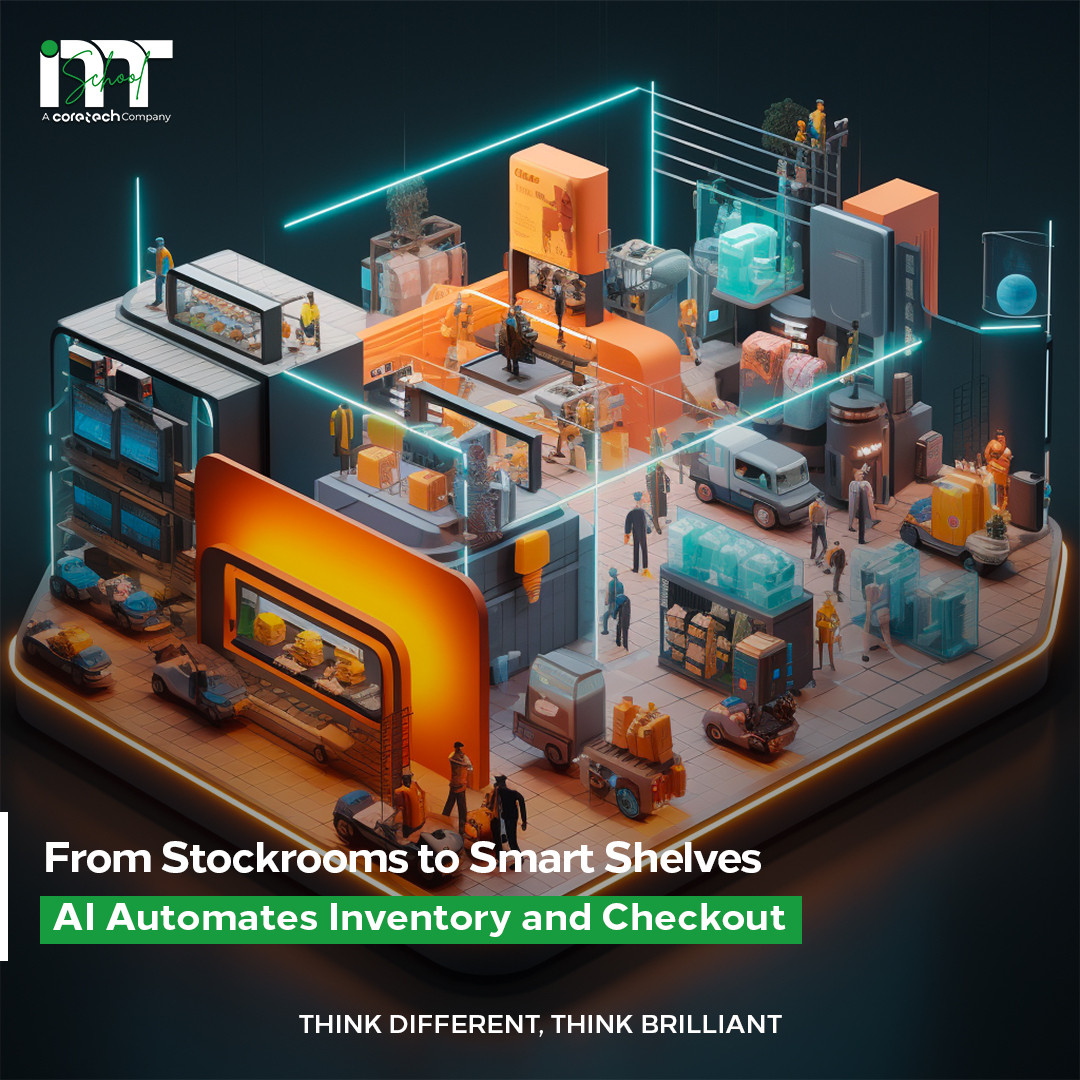
V2V communication
Vehicle-to-Vehicle (V2V) communication, an integral component of Intelligent Transport Systems (ITS), allows vehicles on the road to communicate with each other through exchange of information about speed, location, direction of travel, braking, and more. This exciting technology holds the potential to significantly improve road safety and efficiency.
V2V communication is powered by a wireless network technology known as Dedicated Short Range Communications (DSRC), which operates in the 5.9 GHz band. DSRC provides high-speed communication with low latency, making it perfect for the rapid exchange of data between fast-moving vehicles.
Let's touch on the benefits V2V communication brings to the table:
1️⃣ Improved Safety: By alerting drivers about potential hazards and collisions, V2V can prevent accidents.
2️⃣ Traffic Efficiency: By providing real-time traffic information, V2V can help manage traffic congestion and improve overall traffic flow.
3️⃣ Environmental Impact: With improved traffic efficiency comes lower fuel consumption and reduced CO2 emissions, making V2V beneficial for the environment.
Now, imagine a future with autonomous vehicles on our roads - V2V technology is expected to play a pivotal role in making that a reality!





